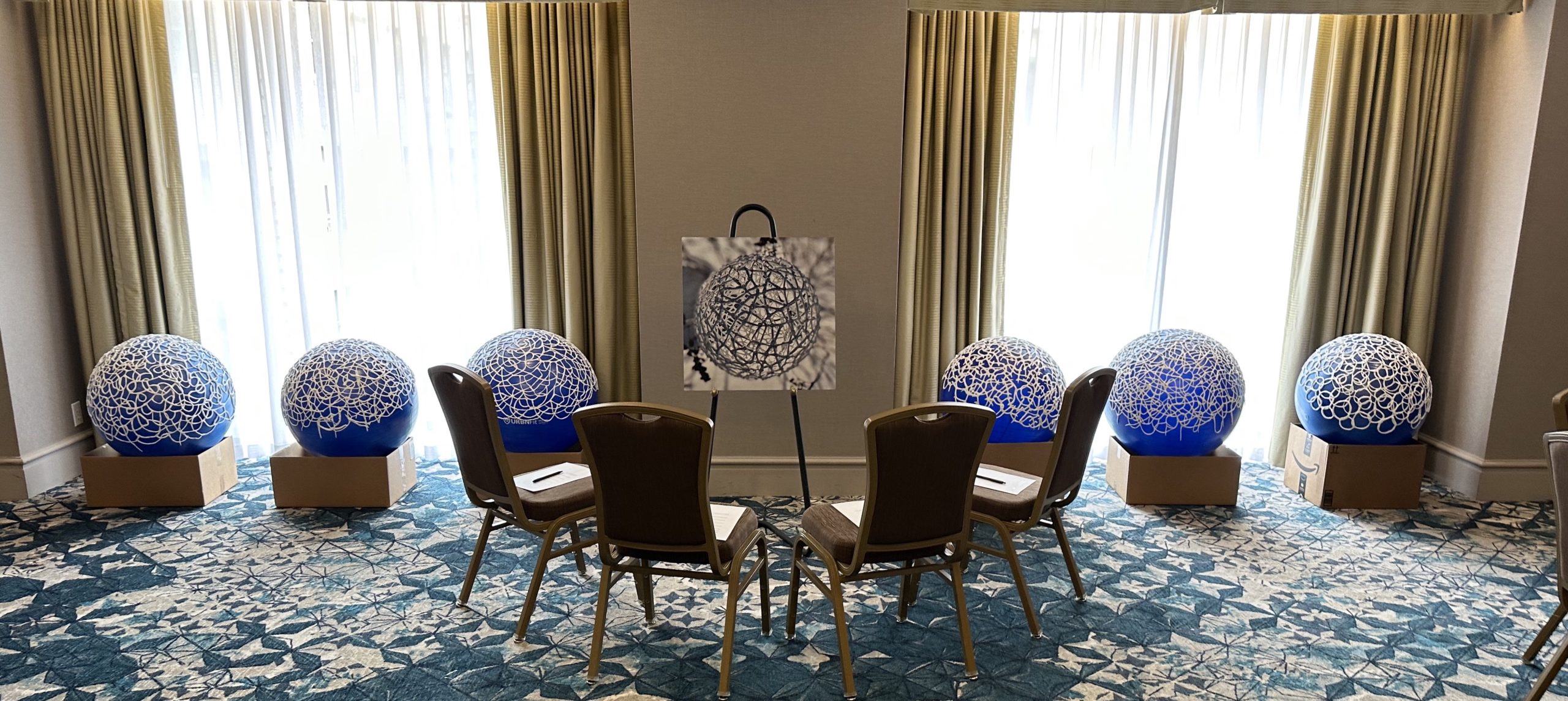The arts are a powerful vehicle for teaching, learning, healing, and sharing knowledge, and its universality aligns with our mission to attend to local circumstances and to work across cultures.

Community Arts Integrated Research (CAIR) uses stories, plays, documentaries, paintings, poetry, and other modes to study pressing issues from varying perspectives. The arts offer multifaceted ways of communicating complex ideas across disparate communities, materializing constructions of the unconscious and conscious. When ideas are made visible, they can be examined, deconstructed, and re-constituted.
The HOPE Community team will draw upon community expertise through a focus group model: insights from focus groups will then be shared with scientists and other cohort communities to develop new, culturally relevant community-generated curricula based on the HOPE scientific plan. The community curricula will develop pieces of art, and the artworks will be used to stimulate generative collaborative conversations, provoke fresh thinking and provide feedback. Ultimately, the HOPE Community creative works will provide feedback to the scientists and communicate HIV cure research to the broader public. Artwork displays, exhibitions, and community gatherings are just a few ways of creating awareness and discussion on HOPE cure strategies.
Our vision is to transcend disciplines and integrate community voices in innovative ways. The created art can tell scientists how “their cures” are perceived and how the cures may be taken up—insights often unrecognized by basic scientists. During the process of creating and interacting via other modalities, power dynamics shift in ways that would not occur in other contexts. In HOPE, we purposefully bring together diverse communities and use creativity propulsion strategies to generate HIV cure research knowledge from a grassroots level integrated with rigorous science.


